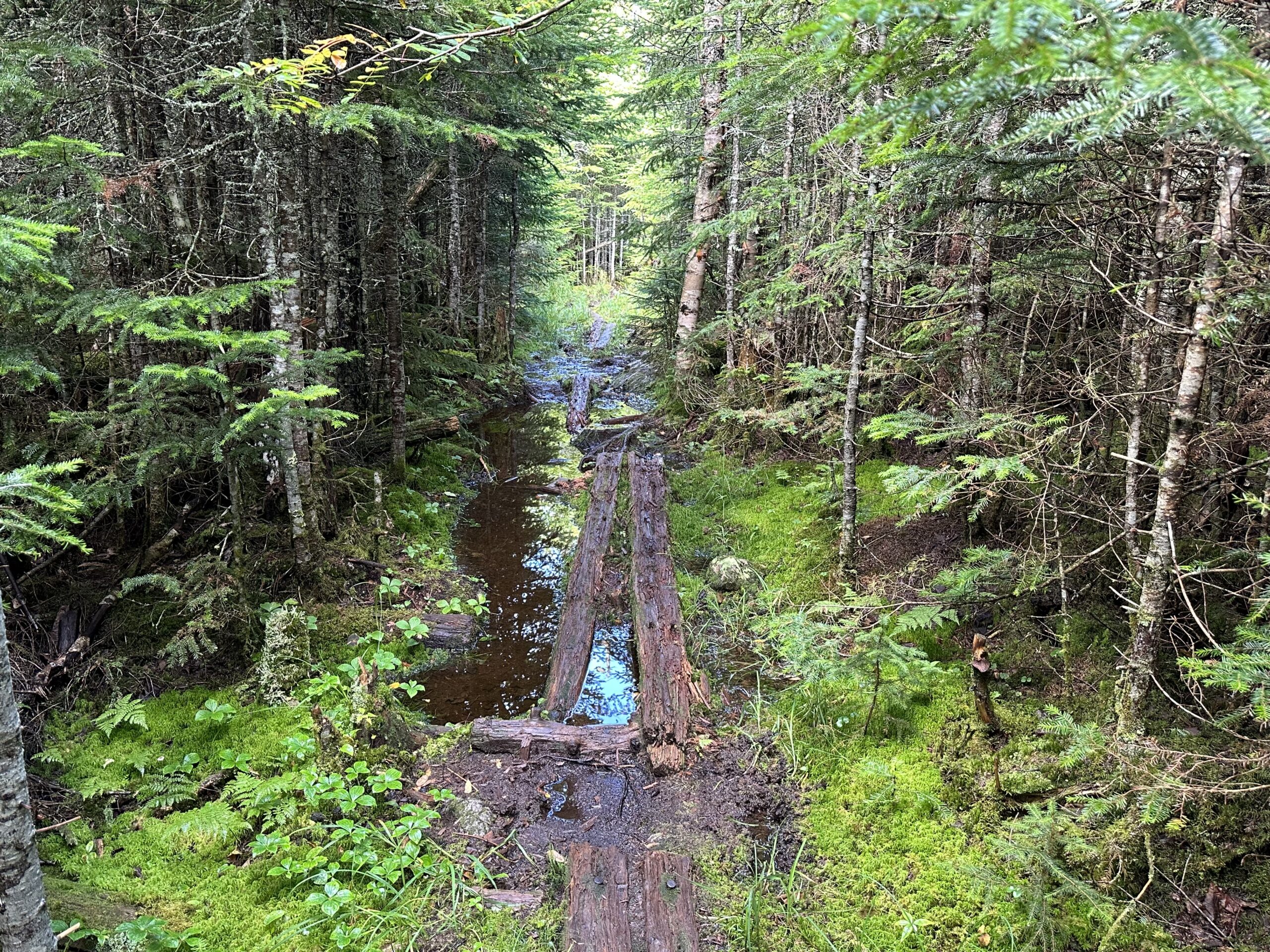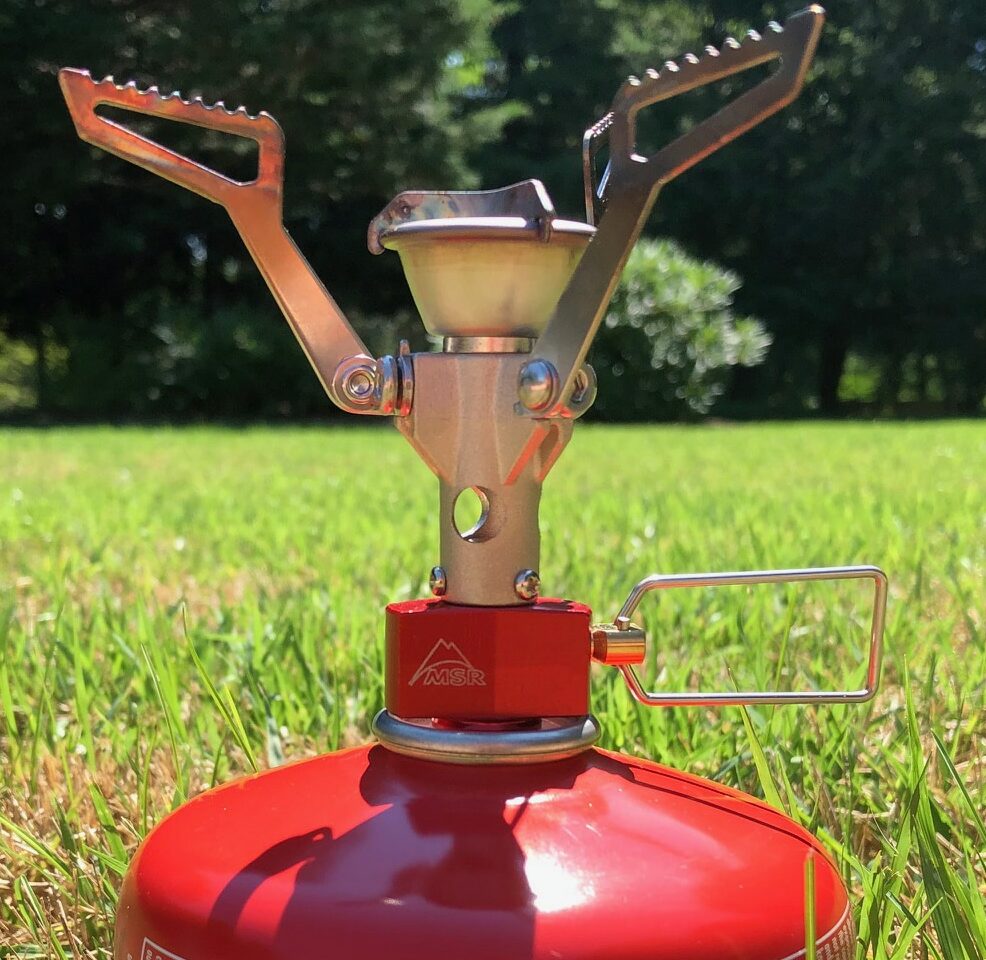Choosing my campsite when backpacking is important if I want a good nights sleep. There are a few factors I take into consideration when locating camping sites to nest for the evening. Below are a few requirements and conditions that I try to meet before stopping for the night.
- Local Regulations
- Site Location
- Established vs Not Established
- Low Lying Areas
- Elevation
- Water
- Time In Camp
- Camping Near Other Hikers
- Leave No Trace
Related Posts: Zpacks Altaplex Review; Big Agnes Copper Spur Platinum UL 2P Review
Local Regulations
Check out the regulations for the area where you plan to target your camping sites. Some camping sites may be closed for restoration or repairs, or there may be restrictions on the number of days you can use the area. It is always good to check local trail organizations and land use websites in the area you are hiking and backpacking.
Make sure you check to see if reservations are required. If reservations are required ask about the type of site, ie., if they have platforms. Platforms are good for stand alone tents, but non-free standing shelters can be a little more tricky. You will often need more cord (anchoring with rocks), and it is good to know before you start that backpacking trip.
Choosing my Campsite – Site Location
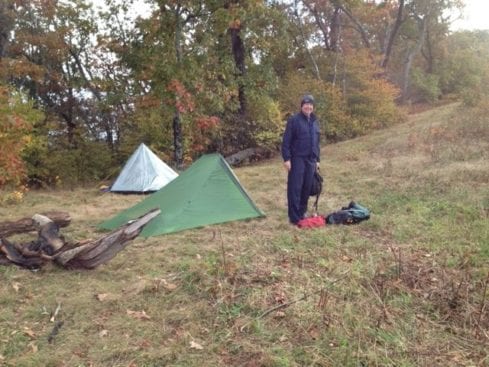
Knowing where you will be camping, and the area conditions, is important. Be conscious of where you are camping, and plan ahead. Even if you are only reviewing maps each morning before you leave, make sure you have an idea of where you are headed for the evening.
Established Site
If you are camping in an established site, stay where the ground is already bare or compacted. Leave the surrounding plants and grasses to flourish. Make sure the site is not a giant puddle waiting to happen and that the camping site is slightly elevated or slanted enough for water to flow away from your shelter.
Not An Established Site
If your camping site is not established, try to minimize the impact. Camp on sand, rocks or leaves. Leaves and sand are more porous and allow for water to run off or be absorbed if it rains. Leaves are my favorite. Not only does water flow through them, but they provide cushion and insulation.
If a location appears to have minimal wear, or is just beginning to show use, try and camp somewhere else. Make sure the site is in better shape than when you arrived. I take pride in knowing nobody will know where I camped after I leave.
Low Lying Areas
Do not camp in gullies or washes that are prone to flash floods. Even if the weather is clear where you want to camp, there may be thunderstorms in the mountains above, resulting in rapid flooding. Check the area and look for the obvious signs of run-off , debris, displaced rock and dirt, etc.
The same thing applies to avalanche prone areas in the Winter. Check surrounding slopes. Are there fallen trees and brush? Has snow clearly shifted? Make sure you are not down stream or down slope from fast moving slides.
Elevation
I don’t sleep on ridges or mountain tops as a rule, although I have set up behind a rock out cropping or in small dips if I have no other choice. Being exposed when hit by high winds or a storm in the middle of the night can be dangerous.
I also stay out of mountain valleys or low lying areas. Cold air tends to pool in valleys, and depending on where you are located the cold air can be 100’s to 1,000’s of feet deep. You will often hear this referred to as Katabatic Winds or the Katabatic effect.
Choosing My Campsite Near Water/Condensation
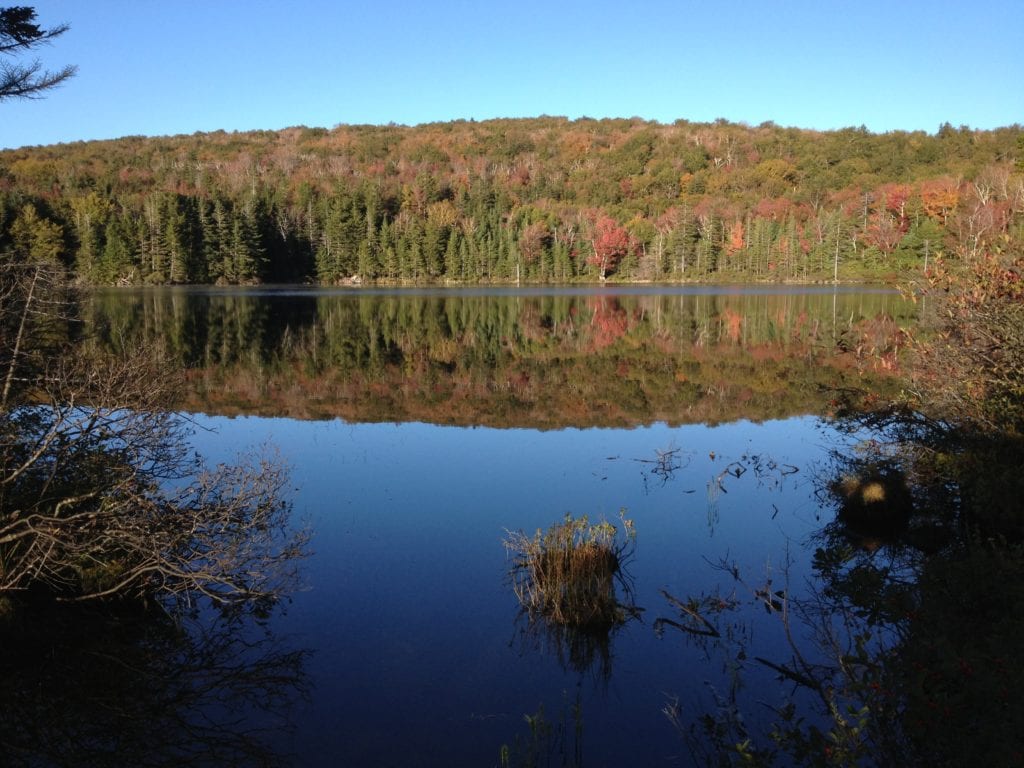
Check your maps before beginning your hike. Locating a relatively flat site near water may be important. Many people need water for end of day activities like cooking and cleaning. Consider this when camping near water, and plan to stay at least 200 feet away from the water source.
- Mosquitoes – water sources are breeding grounds, especially slow moving or still water.
- Condensation – generally speaking, the closer you are to water the worse the condensation on your tent or tarp.
- Animals – Animals need to get to water. You should give them the right of way.
Time in Camp
Sometimes you may stay in a camping site for one night, and sometimes for multiple nights. This makes a difference in where I set up my shelter. When long distance hiking, I usually go to bed right after sunset and wake up at dawn, so I don’t really care how I place the shelter. I will take a view when I can get one though.
If I’m setting up my shelter as a base, or planning to just relax for a few days. I’ll try to set up the shelter so I get eastern sun in the morning, that turns quickly to shade with trees overhead. The inside of a tent can get hot. If I like to sleep in, then I make sure my head is not facing east when the sun rises.
Camping Near Other Hikers
Humans are social, so they often like to stay close together. When setting up your shelter make sure you leave plenty of room between yourself and other hikers. Some people also like privacy, and don’t necessarily want to camp with others.
I remember a fella setting up his tent five feet from mine one night. There was a huge area for camping, and he set up right by me after I had gone to sleep. I’ve never heard snoring like that! I sat up from a dead sleep convinced I was being attacked by a Bear or Boar, only to look out and see the only other tent for miles set up almost on top of mine. Thank goodness I had brought my earplugs.
Choosing my Campsite – Leave No Trace
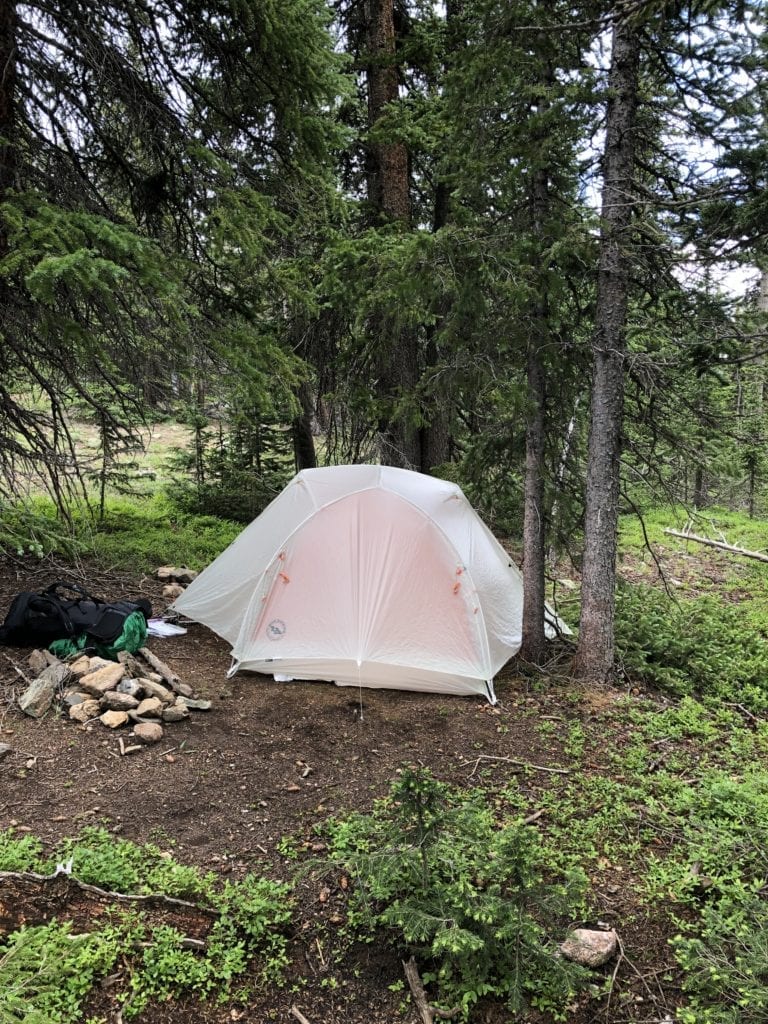
There are seven generally accepted “Leave No Trace” (LNT) principles I’ve listed them here, and included the link @ “Leave No Trace,” above.
- Plan Ahead & Prepare
- Travel & Camp on Durable Surfaces
- Dispose of Waste Properly
- Leave What you Find
- Minimize Campfire Impacts
- Respect Wildlife
- Be Considerate of Other Visitors
Several of these principles are included when choosing your campsite. As the human population grows, and usable shared lands decline, it is important to follow LNT principles. Please take the time to review the link above for additional information.
Final Thoughts on Choosing my Campsite
I have camped in some pretty precarious spots, but I typically try to choose a good site that protects me from the elements. Campsite preference may differ by hiker. For instance I know some hikers that like their feet to be elevated when they sleep, so they will choose a site accordingly.
This is not my preference. I like my site to be relatively level, with few to no rocks. My ideal camping site contains leaves or duff, but I don’t always have that choice. I’m like a cat though when I find a spot. I’ll circle for 5 minutes trying to determine the most level place to set up my tarp or tent.
If I’m exhausted at the end of a long day of backpacking and hiking, I want to make sure I get plenty of rest. Make sure you find the campsite that works for you, and that you stop early enough to set up a good camp. You will be glad the next day!

